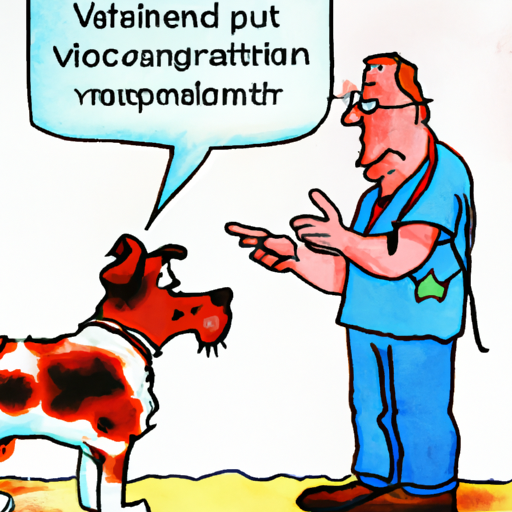When it comes to your pet’s health, you bear a great responsibility. You’re their primary caregiver, their protector, their comforter. You want to understand and address every possible concern that might be affecting their wellbeing. One such concern could be hotspots on dogs. Let’s dive into understanding what these are, how they occur, and how you, as a loving caregiver, can manage and prevent them.
Understanding Canine Hotspots
Hotspots, scientifically known as Acute Moist Dermatitis, are localized, inflamed, bacterial infections on a dog’s skin. They can appear anywhere on your dog’s body and can spread rapidly if left untreated.
- They’re often red and irritated
- They can be quite painful
- They might discharge pus or a foul-smelling fluid
Hotspots can make your dog exceedingly uncomfortable and restless, which is why understanding and promptly addressing them is crucial.
What Causes Hotspots on Dogs?
There are several triggers that can lead to the formation of hotspots. Your dog’s skin is a protective barrier against bacterial infections. When this barrier is compromised, it can result in a hotspot.
- Allergies: Food, environmental or flea allergies can lead to excessive scratching, causing hotspots.
- Moisture: A damp coat can create a perfect environment for bacteria to thrive.
- Poor grooming: Matted or dirty fur can trap moisture and debris, leading to skin irritation.
- Behavioral issues: Stress, boredom or anxiety can lead to obsessive licking or scratching.
Identifying Hotspots on Dogs
| Signs to Look Out For | Description |
|---|---|
| Redness | Hotspots are often red and inflamed. |
| Hair loss | Your dog may lose hair around the affected area. |
| Swelling | The skin may appear swollen or raised. |
| Discomfort | Your dog may constantly scratch, lick or chew the area. |
Pay close attention to these signs. If your dog exhibits any of these symptoms, it might be time to consult your vet.
Treating and Preventing Hotspots on Dogs
As a caregiver, your focus should be on both treating existing hotspots and preventing future occurrences. Here’s how you can do that:
- Immediate Treatment: Consult your vet who will likely shave the area and prescribe a course of antibiotics, painkillers, and topical creams.
- Regular Grooming: Keep your dog’s coat clean and well-groomed to avoid trapping moisture and dirt.
- Proper Diet: A balanced diet can boost your dog’s immunity and keep allergic reactions at bay.
- Reducing Stress: Engage your dog in regular exercise and playtime to limit their anxiety and boredom.
FAQ about Hotspots on Dogs
Q: Can hotspots spread to other pets or humans?
No, hotspots are not contagious. They’re a localized bacterial infection on your dog’s skin.
Q: How quickly can hotspots spread on my dog?
Hotspots can spread rapidly, sometimes within hours. It’s essential to get them treated immediately.
Q: Can I use human antibiotic creams on my dog’s hotspot?
It’s not advisable. Your vet will prescribe the right medication for your dog’s condition.
Q: Are certain breeds more susceptible to hotspots?
Yes, breeds with dense undercoats like Golden Retrievers, German Shepherds, and Rottweilers are more prone to hotspots.
In conclusion, your role as a caregiver is pivotal in your pet’s health. Understanding hotspots, their symptoms, causes, and effective treatment and prevention methods can help you ensure a happy and healthy life for your furry friend.



